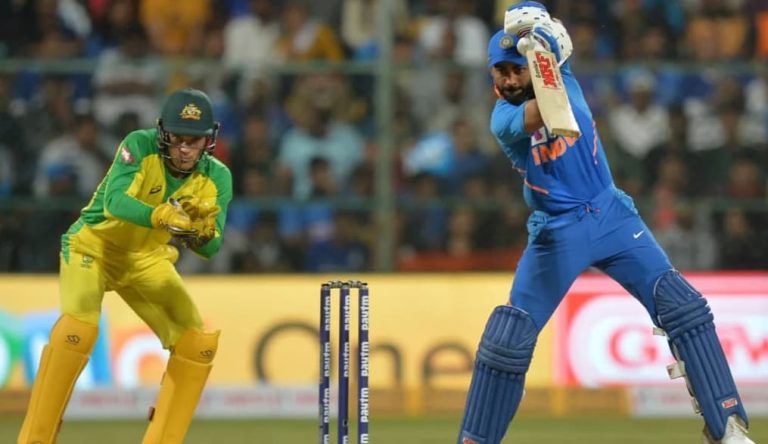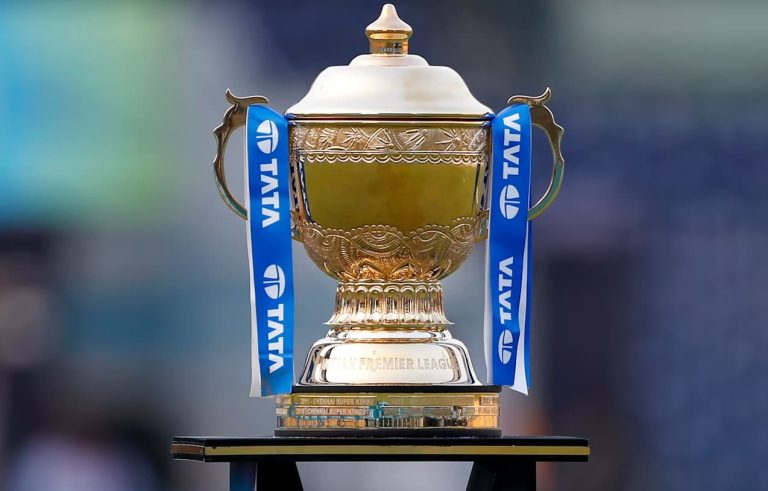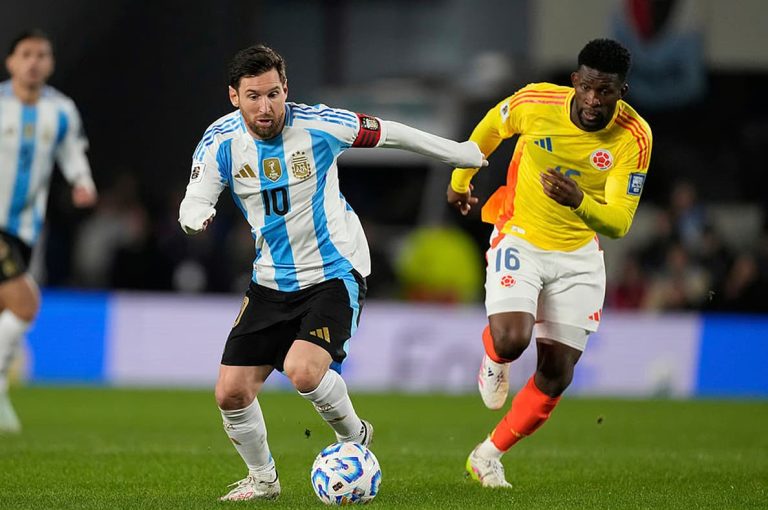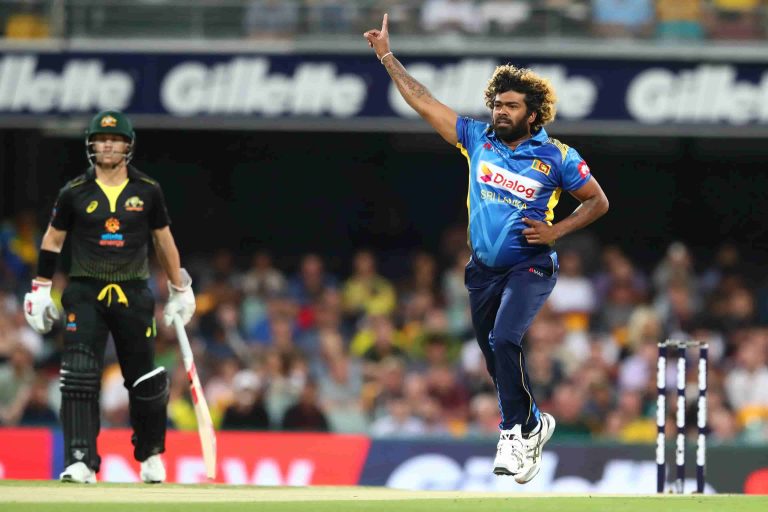What Does GTD Mean in NBA: Complete Guide for Fans
If you follow the NBA closely, you’ve probably seen the abbreviation GTD in injury reports or on your fantasy basketball app.
At first glance, it can be confusing for casual fans. Does it mean the player is injured? Does it mean they’re playing? Or is it just basketball jargon?
In a fast-paced league like the NBA, player health and availability can change by the minute.
Teams play 82 regular-season games, often with tight schedules, back-to-backs, and long travel. That means injuries and rest days are a huge factor. This is where GTD comes in.
The NBA moves at lightning speed. Players get hurt, recover, and sometimes play through minor injuries.
For fans, fantasy players, and even people who bet on games, knowing whether a star player will suit up is crucial information.
What Does GTD Mean in NBA?

In this guide, we’ll break down what GTD means in the NBA, how it affects players, fans, fantasy sports, and even sports betting.
We’ll also examine famous examples, myths, and how GTD compares across various sports.
What Does GTD Mean in NBA?
In NBA terms, GTD stands for “Game-Time Decision.”
- It’s a status used to describe a player whose availability will not be decided until just before tip-off
- Teams keep the player’s condition uncertain until medical staff and coaches make the final call after warm-ups
- You’ll often see GTD in injury reports, fantasy apps, and pre-game shows
Example: If LeBron James is listed as “GTD” (ankle soreness), it means the Lakers will test him in pre-game warm-ups and only then decide if he will play.
In short, GTD = wait until the last moment before knowing.
Unlike other injury statuses that give you a rough idea of playing chances, GTD keeps everyone guessing. It’s the basketball equivalent of “we’ll see how I feel in the morning,” but for professional athletes.
How GTD Differs from Other NBA Injury Statuses?
The NBA has several standard injury designations. GTD is just one of them. Let’s compare so you understand the difference.
Common Status Terms in NBA:
- Out – Player will not play under any circumstances
- Doubtful – Less than 25% chance of playing
- Questionable – About 50% chance of playing
- Probable – More than 75% chance of playing
- GTD (Game-Time Decision) – Decision will be made right before the game
Comparison Table: NBA Injury Statuses
| Status | Meaning | Likelihood of Playing |
|---|---|---|
| Out | Player is unavailable | 0% |
| Doubtful | Very unlikely to play | <25% |
| Questionable | Uncertain, 50/50 chance | 50% |
| Probable | Likely to play | >75% |
| GTD | Decision at game time | Unknown until tip-off |
The key difference is timing. While other statuses give you probability, GTD says, “ask me in 3 hours.” This creates uncertainty that ripples through fantasy lineups, betting odds, and fan expectations.
Real-Life Examples of GTD in NBA Games
Some of the most memorable GTD situations involve superstars whose presence can completely change a game’s outcome.
- LeBron James GTD Situations: During his time with different teams, LeBron has been listed as GTD numerous times. In 2023, he was frequently GTD due to foot soreness, keeping Lakers fans on edge before crucial games.
- Anthony Davis Examples: AD is often GTD due to his injury history. His GTD status before playoff games creates massive uncertainty for both the Lakers and their opponents.
- Joel Embiid Case Study: The Philadelphia 76ers center has been GTD multiple times during playoff runs. In 2022, his GTD status with a torn thumb ligament kept fans guessing until minutes before tip-off.
- How GTD Affects Game Strategy: When a star player is GTD, opposing teams must prepare for two different games. They need strategies for facing the team with the star AND without the star. This creates extra preparation work and uncertainty.
Why Do Teams Use GTD Instead of Clear Status?
You might wonder: why not just say if the player is in or out? There are smart reasons behind GTD decisions.
Strategic Advantage:
- Keeps opponents guessing about game planning
- Forces rival teams to prepare for multiple scenarios
- Prevents opponents from adjusting their rotation early
Medical Uncertainty:
- Some injuries respond differently to treatment
- Morning stiffness vs. evening mobility can vary
- Pain levels fluctuate throughout the day
Last-Minute Medical Checks:
- Pre-game warmups reveal true condition
- Medical staff can assess movement and pain response
- Coaches can gauge player confidence and readiness
Teams essentially buy themselves time to make the best decision while keeping opponents in the dark.
How GTD Affects NBA Fans and Fantasy Basketball Players?
For regular fans and fantasy players, GTD creates a unique kind of stress and excitement.
Fantasy Basketball Impact:
- Managers must make lineup decisions without key information
- Backup players become crucial roster additions
- Late scratches can ruin weekly matchups
- Creates last-minute scrambles to find replacements
Emotional Rollercoaster for Fans:
- Anxiety builds throughout the day
- Social media becomes a source for updates
- Game attendance decisions become harder
- Hope vs. realistic expectations battle
Betting Implications:
- Odds shift dramatically based on GTD outcomes
- Bettors must decide: wait or place bets early
- Line movements create opportunities and risks
- Some avoid betting on GTD-heavy games entirely
The uncertainty is part of what makes basketball exciting, but it also adds stress for people who have money or fantasy points riding on outcomes.
How Coaches and Teams Handle GTD Players?
Behind the scenes, dealing with GTD players requires careful planning and communication.
Pre-Game Process:
- Medical staff conducts thorough evaluations
- Players go through extended warmup routines
- Coaches observe movement patterns and comfort levels
- Final decision involves the player, the medical team, and the coaching staff
Minutes Restriction Planning: Even if a GTD player is cleared, teams often plan for limited minutes or specific role adjustments.
Communication Chain:
- Medical staff → Head coach → General manager → Media relations
- Information flows through official channels to prevent confusion
- Timing is crucial to meet media deadline requirements
Case Study Example: When Stephen Curry was GTD with an ankle injury, the Warriors’ coaching staff had to prepare rotations with and without their star point guard. They practiced different offensive sets and defensive schemes, essentially preparing for two different games.
How to Stay Updated on GTD Players?
If you need the latest information on GTD players, here are the best sources:
Official Sources:
- NBA.com injury reports (updated daily)
- Team websites and official social media accounts
- ESPN and The Athletic injury tracking
Real-Time Updates:
- Twitter/X accounts of reporters like Adrian Wojnarowski and Shams Charania
- Team beat reporters who attend practices
- Fantasy sports apps with push notifications
Timing Tips:
- Check updates 2-3 hours before tip-off
- Follow pregame warmup reports
- Set alerts for your key players
- Have backup plans ready
The key is following multiple sources since information can change rapidly.
Impact of GTD on Sports Betting
GTD situations create unique challenges and opportunities in sports betting markets.
How Odds Shift: When a superstar goes from GTD to confirmed playing, point spreads can move 3-5 points instantly. Conversely, if they’re ruled out, lines swing in the opposite direction.
Betting Strategy Considerations:
- Some bettors wait until GTD decisions are announced
- Others bet early to get better odds before the news breaks
- Live betting becomes more attractive during GTD uncertainty
Examples of Major Line Movements: When LeBron James was GTD for a Lakers-Warriors game in 2023, the spread moved from Lakers -2.5 to Warriors -1.5 after he was ruled out just 90 minutes before tip-off.
Sportsbook Protections: Many sportsbooks now include rules about what happens if key players are late scratches, protecting both the house and bettors from extreme situations.
GTD in the NBA vs Other Sports
Different sports handle injury uncertainty in various ways.
NFL Comparison:
- NFL uses similar terms, but with Friday injury reports
- “Questionable” is more common than GTD in football
- NFL teams have more time between games to assess injuries
Soccer/Football Updates:
- European soccer uses “late fitness tests”
- Decisions are often made hours before kickoff
- Less structured than the NBA’s formal injury reporting
Comparison Table: Sports Injury Reporting
| Sport | Primary System | Decision Timing | Transparency Level |
|---|---|---|---|
| NBA | Out/Doubtful/Questionable/Probable/GTD | 90 minutes before tip-off | High |
| NFL | Out/Doubtful/Questionable/Probable | Friday reports | Medium |
| Soccer | Fit/Doubt/Late test | 2-3 hours before | Low |
The NBA’s system provides more structure and predictability than most other professional sports.
Myths and Misconceptions About GTD
Let’s clear up some common confusion around what does GTD means in NBA contexts.
- Myth #1: “GTD always means the player will play”
- Reality: GTD players sit out roughly 40-50% of the time. It truly is uncertain.
- Myth #2: “GTD is just for superstars”
- Reality: Role players and bench guys can also be GTD, especially for playoff games or crucial matchups.
- Myth #3: “Teams always know but won’t say” Reality: Sometimes medical staff and coaches genuinely don’t know until they see the player move during warmups.
- Myth #4: “GTD means minor injury” Reality: Some serious injuries start as GTD while teams assess the full extent of damage.
Understanding these realities helps fans set appropriate expectations when they see GTD on injury reports.
How GTD Impacts Team Performance and Strategy?
When key players have GTD status, it affects how teams prepare and play.
Lineup Adjustments:
- Coaches must prepare multiple starting lineups
- Role players need to be ready for expanded minutes
- Offensive and defensive schemes may change dramatically
Strategic Planning:
- Teams scout opponents with different player scenarios
- Practice time gets split between different game plans
- Substitution patterns require flexibility
Golden State Warriors Example: During Steph Curry’s GTD situations, the Warriors practiced both their motion offense (with Curry) and a more isolation-heavy approach (without Curry). This preparation proved crucial when Curry was ruled out just before important games.
Opponent Preparation Challenges: Rival teams face difficult decisions about how much time to spend preparing for scenarios with and without the GTD player.
Future of Injury Reporting in the NBA
The way teams handle injury reporting continues to evolve with technology and fan demands.
Advanced Medical Tracking:
- Wearable technology provides real-time data on player condition
- Movement analysis helps predict injury risk and recovery
- Blood markers and other biodata inform decisions
Transparency Trends:
- Fans and media push for more detailed injury information
- Fantasy sports and betting create demand for accurate updates
- League considers more standardized reporting requirements
Technology Integration:
- Apps could provide real-time injury status updates
- AI might help predict GTD outcomes based on historical data
- Video analysis of warmups could inform last-minute decisions
The future likely brings more precise and timely information about player availability.
Frequently Asked Questions:
- What does GTD mean in the NBA injury report?
GTD stands for “Game-Time Decision,” meaning the player’s availability will be decided just before the game starts based on how they feel during warmups and final medical evaluation.
- Is GTD better than doubtful?
Yes, GTD typically indicates a better chance of playing than “doubtful.” While doubtful suggests less than a 25% chance, GTD is genuinely uncertain and could go either way.
- How late can a GTD decision be made?
NBA teams must submit final injury reports 90 minutes before tip-off, but sometimes last-minute changes happen if a player gets hurt during warmups.
- Do GTD players often end up playing?
Statistics show GTD players play about 50-60% of the time, making it truly unpredictable. The exact percentage varies by player, injury type, and game importance.
- Why do teams keep players listed as GTD instead of announcing earlier?
Teams use GTD for strategic advantage (keeping opponents guessing), medical uncertainty (conditions can change quickly), and to allow maximum recovery time before making final decisions.
Conclusion:
Understanding what does GTD mean in NBA terms helps fans, fantasy players, and bettors navigate the uncertainty that comes with following professional basketball.
GTD represents the reality that player health and availability can change quickly in a demanding 82-game season.
The Game-Time Decision designation serves important purposes: giving players maximum recovery time, providing teams strategic advantages, and acknowledging that medical conditions can be genuinely uncertain until game time.
For fans, GTD creates both excitement and anxiety. For fantasy players, it adds another layer of strategy and decision-making.
For teams, it’s a tool that balances competitive advantage with honest injury reporting.
As the NBA continues to evolve, injury reporting will likely become more sophisticated and transparent.
But the basic concept of GTD – waiting until the last possible moment to make the best decision – will probably remain part of basketball culture.
The next time you see GTD next to your favorite player’s name, you’ll know exactly what it means and why teams use this designation.
Whether you’re setting fantasy lineups, planning to attend a game, or just following your team, understanding GTD helps you better navigate the uncertain but exciting world of NBA basketball.
Authority Sources for Further Reading:
- NBA.com Official Injury Reports: https://www.nba.com/stats/teams/traditional
- ESPN NBA Injury Center: https://www.espn.com/nba/injuries
- The Athletic NBA Coverage: https://theathletic.com/nba/
- Basketball Reference Injury Data: https://www.basketball-reference.com
- Yahoo Sports Fantasy Basketball: https://sports.yahoo.com/fantasy/basketball
- CBS Sports NBA Injury Updates: https://www.cbssports.com/nba/injuries






